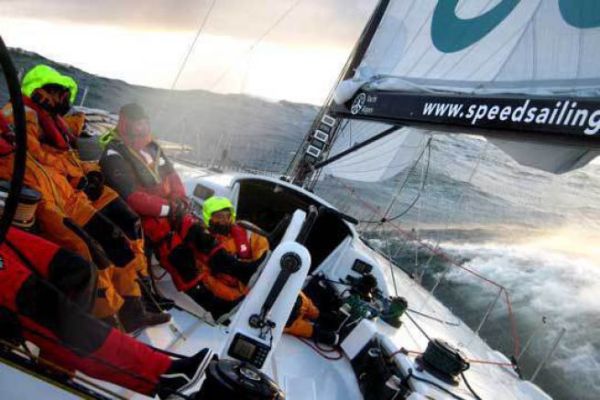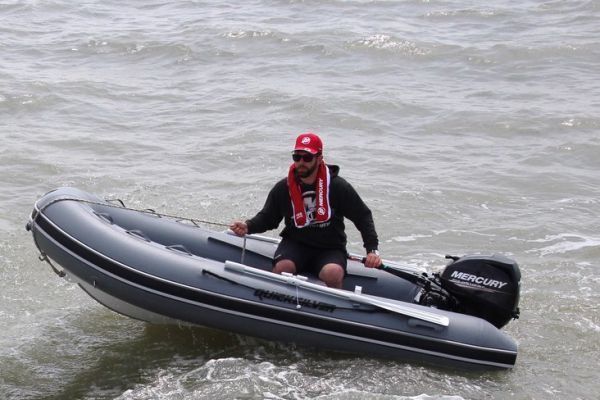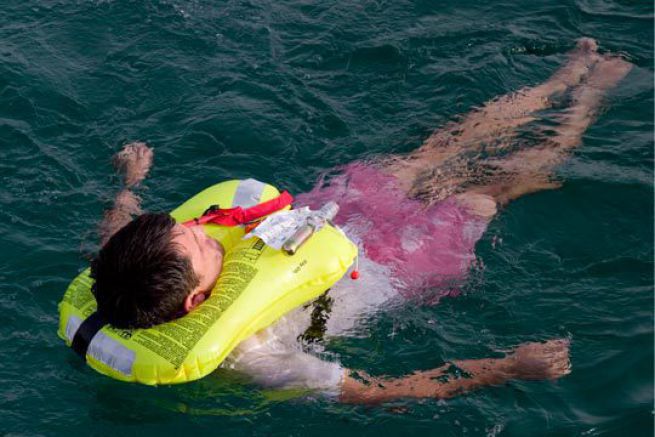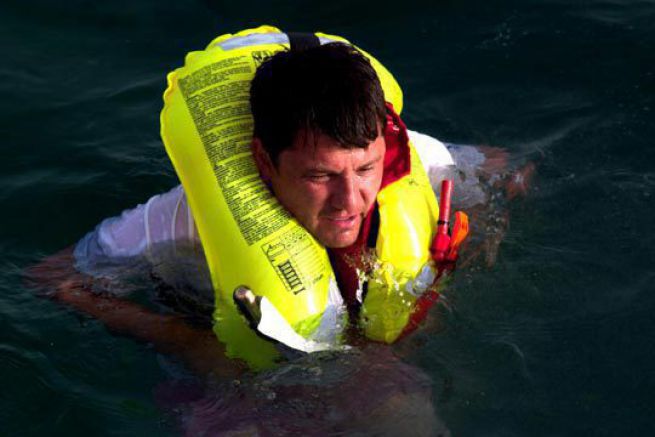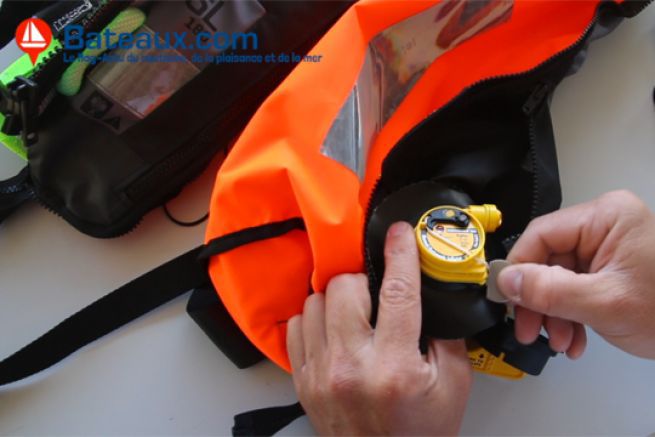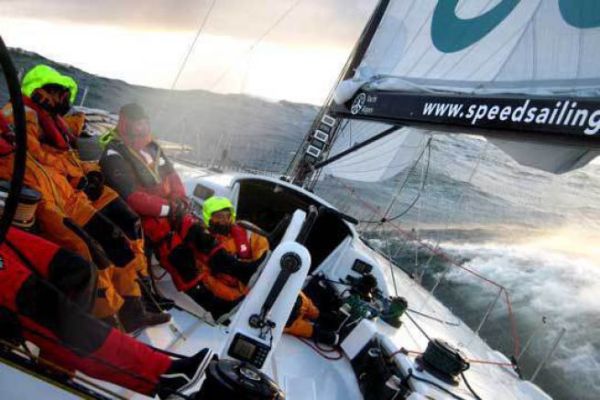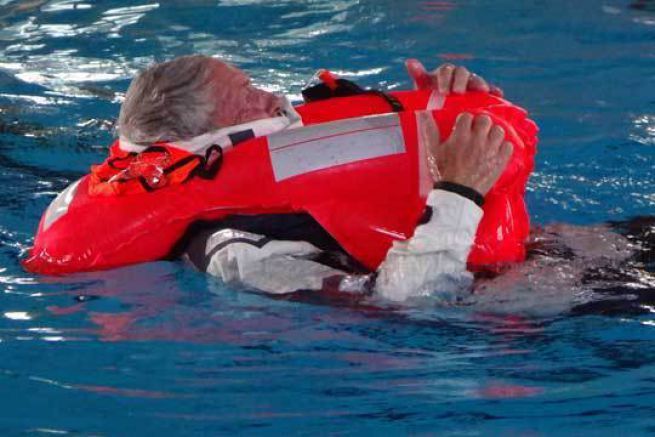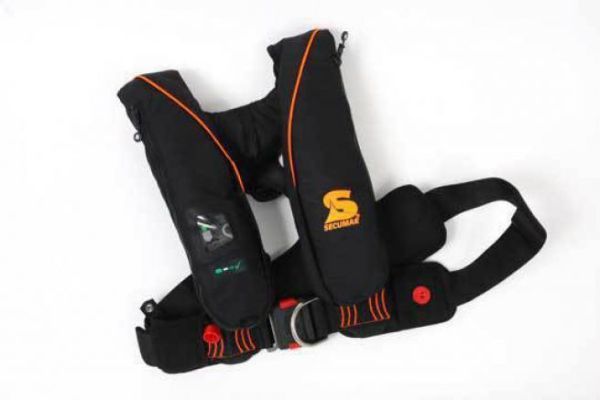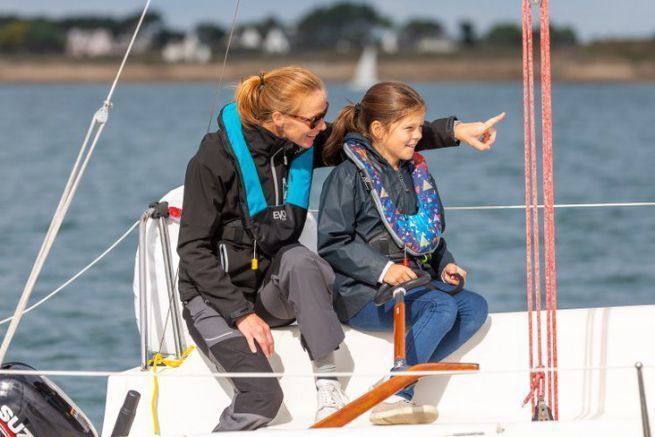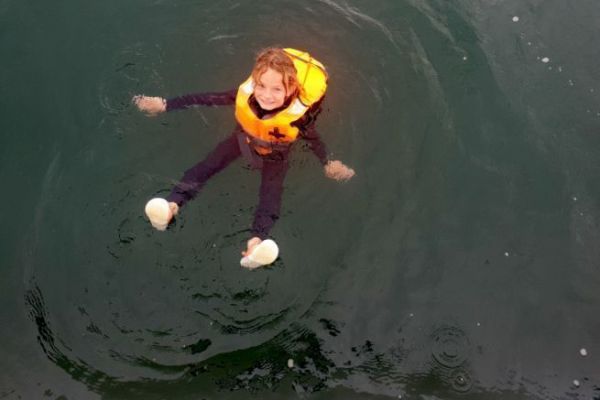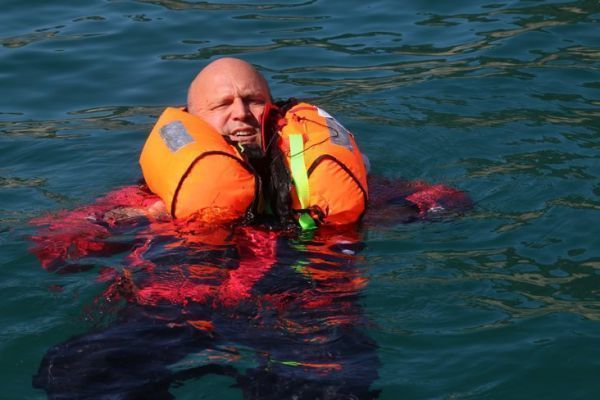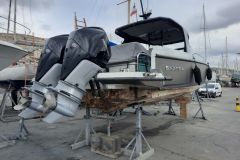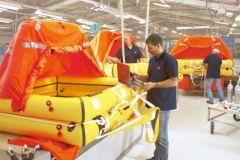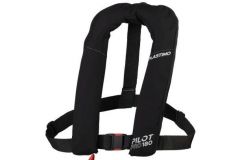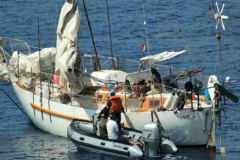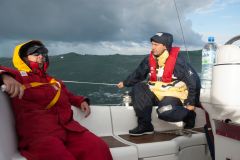When choosing your lifejacket, the question arises as to which percussion system to use. This mechanism, under the action of water, releases a spring that hits the CO 2 . The latter empties into the lung and swells it. So much for the operating principle. But how exactly does water work?
There are 2 families of strikers: hydrostatic and cellulose pellet strikers
But in addition to the system, there are also differences in the striker marks.
Hydrostatic striker

The Hammar brand has registered a patent on this model. It is therefore the only solution of this type that can be found on many vests. This firing pin is activated, not in contact with the water, but with the pressure of the water. It has to be immersed in 10 cm of water to activate.
The advantage is that it is not sensitive to spraying or humidity. That is why he has always had good press against critics who fear that their vests will inflate for no reason.
The disadvantage comes from the maintenance which requires the firing pin to be removed completely to release the CO 2 which is in the lung with the risk of creating leaks when reassembling. The price of the cartridge and system is also much more expensive than the competition. Hammar strikers have a lifetime with a replacement date indicated on the striker
Impactor with cellulose pellet
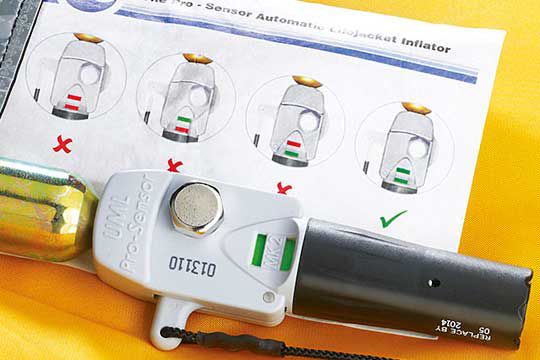
It is common to say "salt tablet" when no firing pin has ever worked with such a tablet. Cellulose tablets (a kind of paper) are used. In this case, the firing pin remains permanently attached to the waistcoat lung. A CO 2 is fixed on top and the cellulose tablet is on the bottom. This pellet decomposes on contact with water and releases the striker spring.
The advantage is a very fast percussion. The pellet is very quickly destroyed in the water. In addition, the revision of this type of vest is easy, because the firing pin is never removed from the lung.
The disadvantage is that this type of tablet does not like humidity. Vests should be stored in a dry place, not in the bottom of a trunk during wintering. But the construction of the vest protects the pellet well and you really have to immerse the vest in water for it to activate, the slightest wave can't get the pellet wet
The special case of Secumar
There are several brands of cellulose pellet firing pin, including UML (United Moulders). Atypical Secumar is the only company that manufactures self-inflating vests with its own Sécumatic strikers.
- Secumatic 3001S
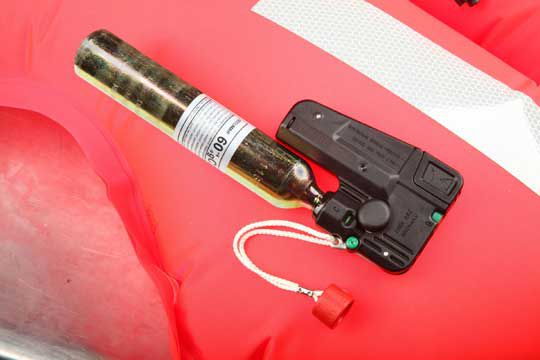
It is the oldest of the Sécumar models. Three green lights ensure that it is operational. A sealing ring presses against the thread of the cartridge to prevent unscrewing by vibration or inadvertence.
- Secumatic 4001S
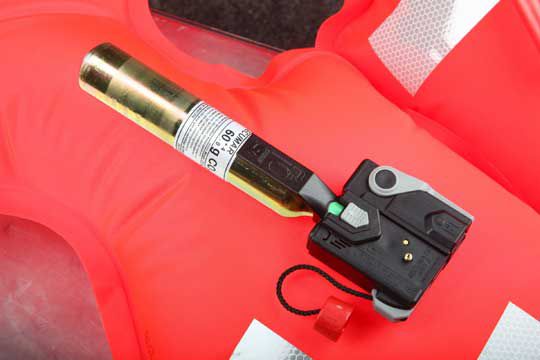
It's the Rolls of the firing pin. Its cartridge is no longer screwed on, but clipped on. It can be removed by holding down a push button. There's no way it's going to unhook itself. The tablet is contained in a drawer. The manipulation is done without touching it with her fingers. To simplify understanding, the correct operation is checked with a single green light.
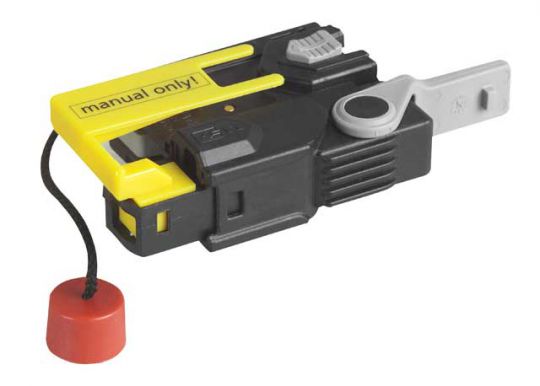
Sécumar also offers to transform its automatic vest into a manual trigger vest. It is the only brand to offer this change (regardless of the type of striker). Simply replace the cellulose tablet with a specific cartridge. It will then be necessary to activate the zipper to see the vest inflate.
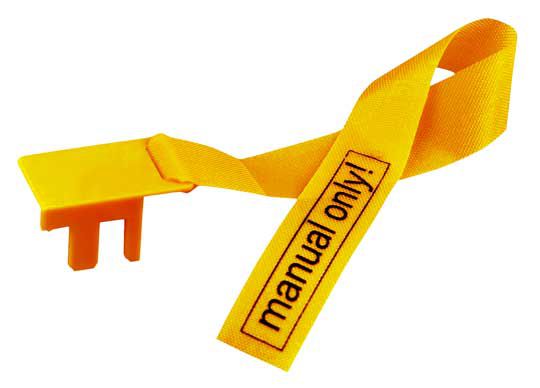
Secumar automatically and manually tests all firing pins before mounting them in a lifejacket. Similarly, CO2 cartridges are manually examined, weighed and labelled automatically by a machine. A guarantee of seriousness for a security equipment.
